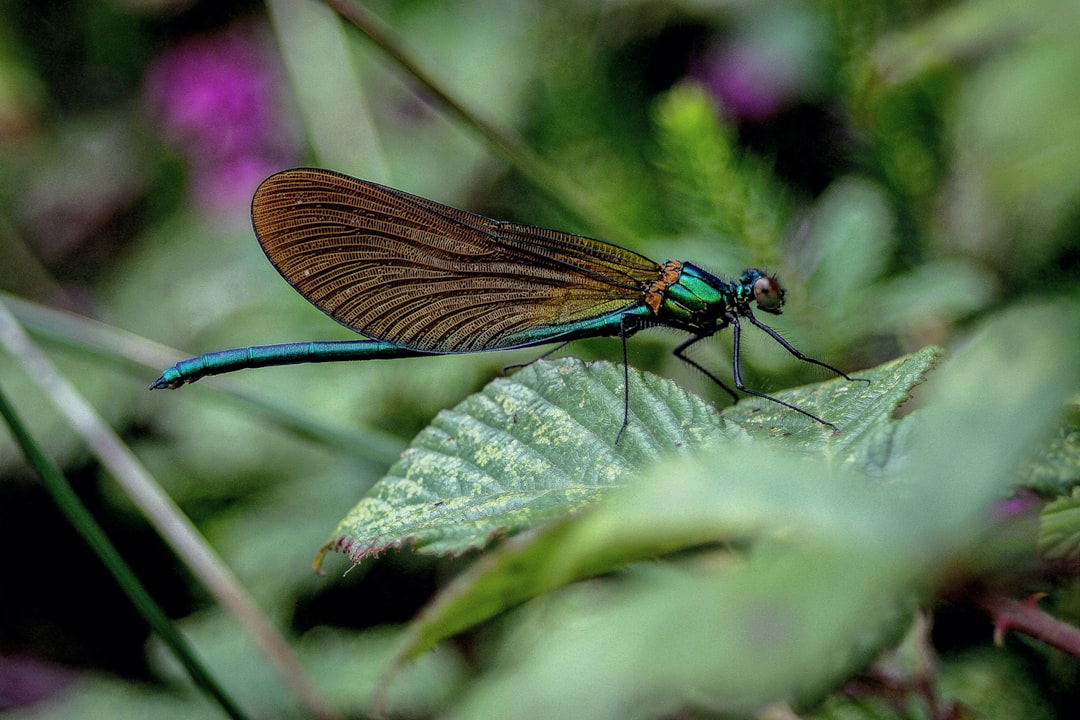Biodiversity—the variety of life on Earth—is much more than a catalog of species. It represents the intricate web of interactions between plants, animals, fungi, and microorganisms, as well as the genetic diversity within these species. This complexity is not just a natural wonder; it's the cornerstone of ecosystem resilience. In this post, we'll explore why biodiversity matters, how it contributes to ecosystem stability, and why preserving it is crucial for a sustainable future.
What is Biodiversity?
Biodiversity can be understood on several levels:
-
Genetic Diversity: The range of genetic traits within a species, which allows populations to adapt to changing environments.
-
Species Diversity: The variety of species within a habitat or ecosystem. More species mean a greater variety of traits and functions.
-
Ecosystem Diversity: The different habitats, communities, and ecological processes that occur within a region.
Together, these layers of diversity ensure that ecosystems can perform critical functions like nutrient cycling, pollination, and climate regulation.
How Biodiversity Enhances Ecosystem Resilience
1. Buffering Against Environmental Changes
Diverse ecosystems are more resilient because they have multiple species that can perform similar functions. This concept, known as functional redundancy, means that if one species is lost due to disease, climate change, or other disturbances, others can fill its role, maintaining the overall function of the ecosystem. For example, if a particular pollinator species declines, other pollinators can often take over its role, ensuring that plants continue to reproduce.
2. Improved Resistance to Disturbances
Ecosystems with high biodiversity tend to recover more quickly from disturbances such as fires, floods, or droughts. Each species responds differently to environmental stressors, creating a kind of natural insurance policy. The variation in responses means that while some species might be affected, others will thrive, helping to stabilize the ecosystem as a whole. This diversity of responses can prevent a total collapse of ecosystem functions, ensuring long-term stability.
3. Enhanced Productivity and Stability
Biodiversity contributes to ecosystem productivity—the rate at which biomass is produced. In diverse ecosystems, different species often complement each other, utilizing resources in unique ways. This complementary use of resources leads to more efficient nutrient cycling and energy flow, boosting overall productivity. As a result, diverse ecosystems tend to be more stable and capable of sustaining higher levels of productivity over time.
4. Genetic Reservoir for Adaptation
Genetic diversity within species is a crucial component of biodiversity. A rich genetic pool enables species to adapt to changing environmental conditions, such as new diseases, shifting climates, or habitat modifications. This adaptive capacity is essential for the survival of species over the long term, as it allows populations to evolve in response to new challenges.
Real-World Examples of Biodiversity's Role in Resilience
Tropical Rainforests
Tropical rainforests are among the most biodiverse ecosystems on the planet. The vast array of species found within these forests supports complex food webs and nutrient cycles. When parts of the rainforest are disturbed by natural events or human activities, the high diversity of life ensures that ecosystem functions can continue, albeit sometimes in altered forms. The resilience of tropical rainforests is a testament to the power of biodiversity.
Coral Reefs
Coral reefs are another example where biodiversity underpins resilience. The myriad species of corals, fish, and invertebrates interact in a delicate balance. This biodiversity not only supports a vibrant underwater community but also provides critical services such as coastal protection and fisheries. When reefs face stressors like bleaching events or pollution, the diversity within the system helps buffer against complete collapse, offering hope for recovery if pressures are alleviated.
Grasslands
Grasslands and savannas rely on biodiversity to maintain their structure and function. The diversity of grasses, herbaceous plants, and grazing animals creates dynamic ecosystems that can quickly bounce back after fires or droughts. This resilience is vital for the people and wildlife that depend on these habitats for food and shelter.
Threats to Biodiversity
Despite its importance, biodiversity is under threat from numerous human activities:
-
Habitat Destruction: Urbanization, deforestation, and agricultural expansion are leading causes of habitat loss.
-
Climate Change: Shifting climates alter habitats and disrupt the delicate balance of ecosystems.
-
Pollution: Contaminants can harm species and disrupt ecological processes.
-
Overexploitation: Overfishing, hunting, and the illegal wildlife trade diminish populations.
-
Invasive Species: Non-native species can outcompete or prey on native organisms, reducing biodiversity.
These threats not only endanger individual species but also compromise the resilience and functionality of entire ecosystems.
Why Protecting Biodiversity is Essential
Ecosystem Services
Biodiversity underpins the ecosystem services that humans rely on daily. These include clean air and water, fertile soil, pollination of crops, and the regulation of climate. By preserving biodiversity, we safeguard the natural systems that support human life and well-being.
Economic Benefits
Many industries, from agriculture to pharmaceuticals, depend on biodiversity. Diverse ecosystems offer a rich repository of genetic materials and natural products that have potential economic value. Protecting biodiversity is not just an environmental imperative—it’s also an economic strategy.
Cultural and Aesthetic Value
Biodiversity enriches our lives in countless ways. Natural landscapes and wildlife contribute to our cultural identity and offer recreational and aesthetic benefits that enhance our quality of life.
Conclusion
Biodiversity is the backbone of ecosystem resilience. Its myriad species and genetic diversity provide a buffer against environmental disturbances, promote productivity, and ensure that ecosystems can adapt to changes. In a rapidly changing world, preserving biodiversity is not only crucial for maintaining healthy ecosystems but also for sustaining the services that support human life.
As we face environmental challenges such as climate change, habitat destruction, and pollution, it becomes ever more important to champion biodiversity conservation. By doing so, we are investing in a resilient future where both nature and humanity can thrive together.
What are your thoughts on biodiversity and ecosystem resilience? Have you witnessed the benefits of diverse ecosystems in your community? Share your experiences and insights in the comments below!

Comments
No comments yet. Be the first to comment!
You must be logged in to comment. Login